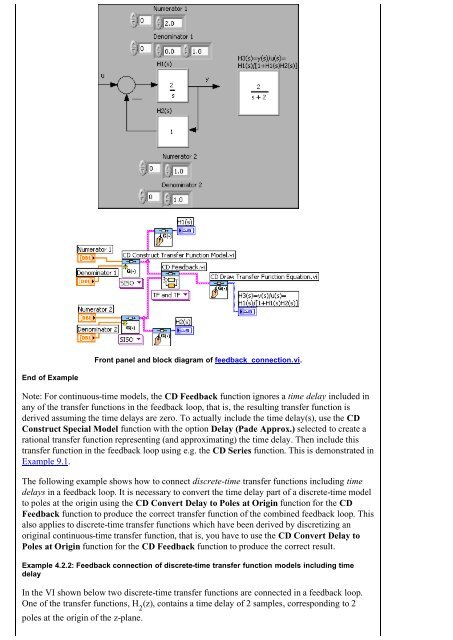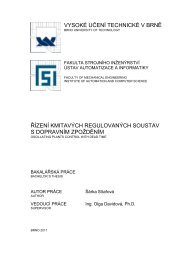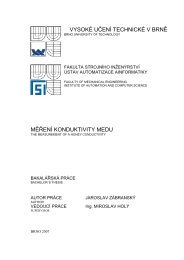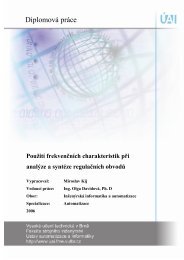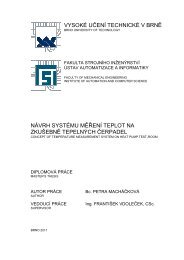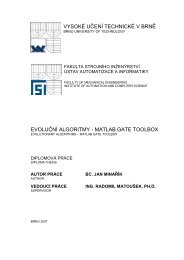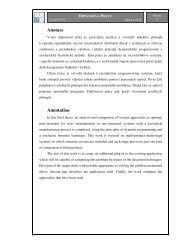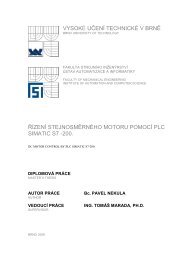Introduction to LabVIEW Control Design Toolkit by Finn Haugen ...
Introduction to LabVIEW Control Design Toolkit by Finn Haugen ...
Introduction to LabVIEW Control Design Toolkit by Finn Haugen ...
Create successful ePaper yourself
Turn your PDF publications into a flip-book with our unique Google optimized e-Paper software.
Front panel and block diagram of feedback_connection.vi.<br />
End of Example<br />
Note: For continuous-time models, the CD Feedback function ignores a time delay included in<br />
any of the transfer functions in the feedback loop, that is, the resulting transfer function is<br />
derived assuming the time delays are zero. To actually include the time delay(s), use the CD<br />
Construct Special Model function with the option Delay (Pade Approx.) selected <strong>to</strong> create a<br />
rational transfer function representing (and approximating) the time delay. Then include this<br />
transfer function in the feedback loop using e.g. the CD Series function. This is demonstrated in<br />
Example 9.1.<br />
The following example shows how <strong>to</strong> connect discrete-time transfer functions including time<br />
delays in a feedback loop. It is necessary <strong>to</strong> convert the time delay part of a discrete-time model<br />
<strong>to</strong> poles at the origin using the CD Convert Delay <strong>to</strong> Poles at Origin function for the CD<br />
Feedback function <strong>to</strong> produce the correct transfer function of the combined feedback loop. This<br />
also applies <strong>to</strong> discrete-time transfer functions which have been derived <strong>by</strong> discretizing an<br />
original continuous-time transfer function, that is, you have <strong>to</strong> use the CD Convert Delay <strong>to</strong><br />
Poles at Origin function for the CD Feedback function <strong>to</strong> produce the correct result.<br />
Example 4.2.2: Feedback connection of discrete-time transfer function models including time<br />
delay<br />
In the VI shown below two discrete-time transfer functions are connected in a feedback loop.<br />
One of the transfer functions, H 2<br />
(z), contains a time delay of 2 samples, corresponding <strong>to</strong> 2<br />
poles at the origin of the z-plane.


